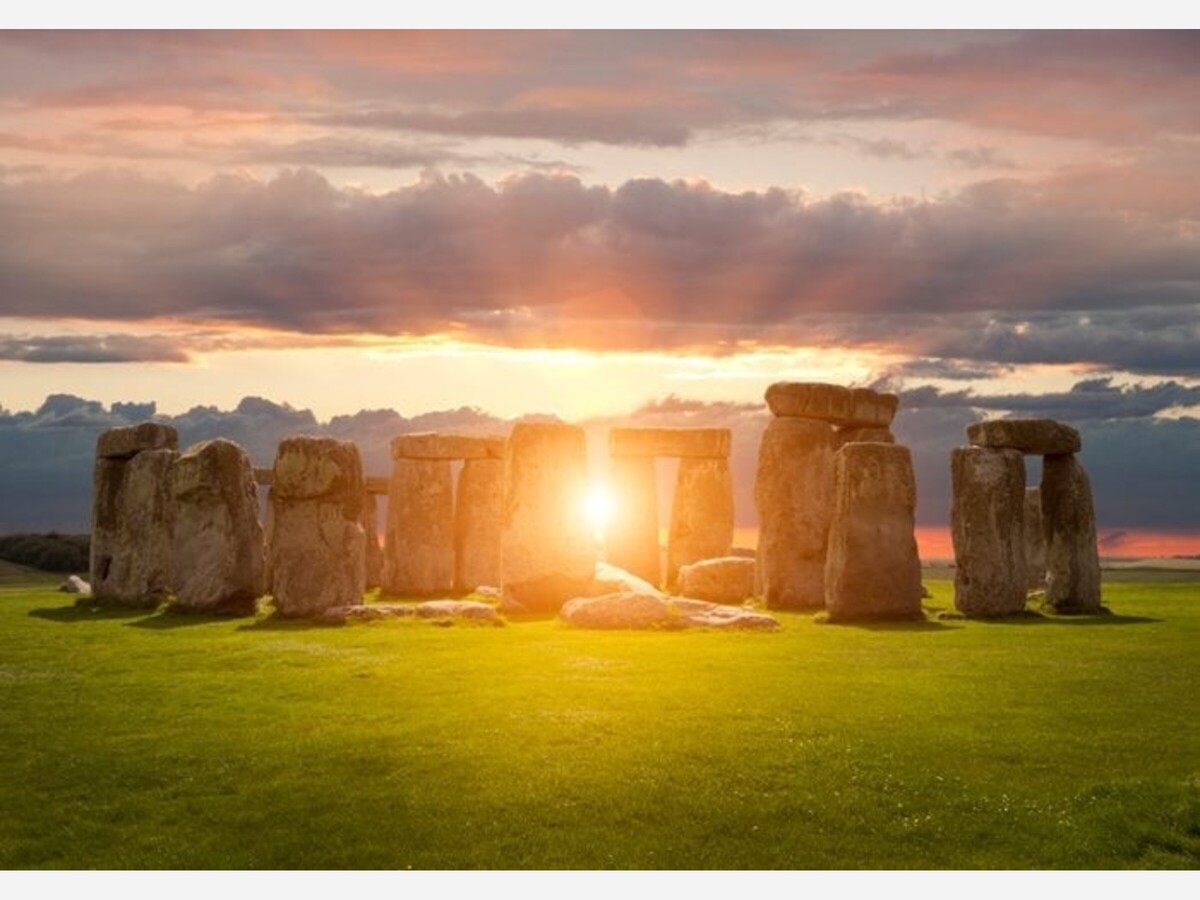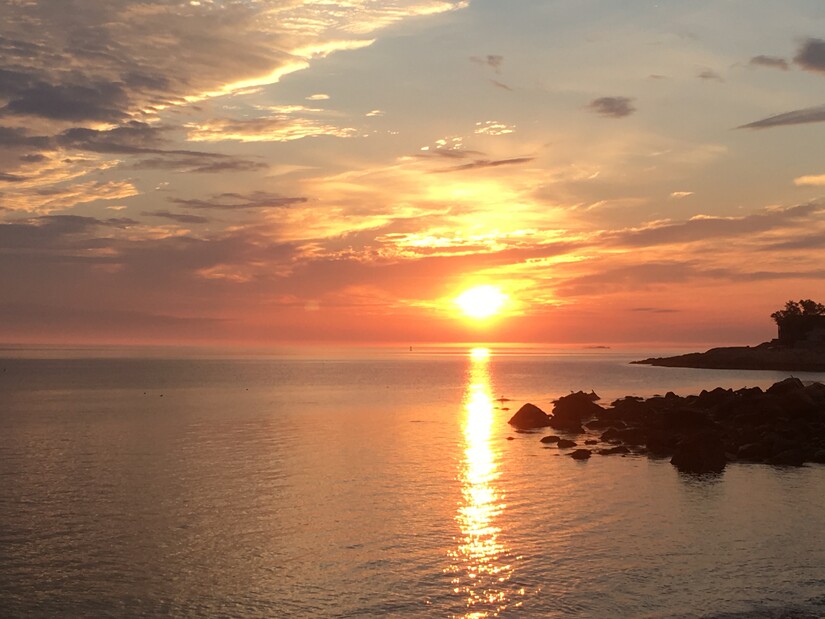Image

Photograph--Stonehenge at Winter Solstice. Photograph credit: StonehengeANDYROLAND/GETTY IMAGES
by Sandra Williams
Is it coincidence that two religious holidays, Chanukah and Christmas, occur around the time of the Winter Solstice? That is a question to be asked, (not to be answered here), but certainly we can say that those celebrations and the Winter Solstice involve Light—and what Light represents to us as human beings.

Winter Solstice will occur at 4:47 p.m. EST on December 21 marking the moment in the rhythm of nature of turning from the shortest, darkest day of the year to increasing daylight each day—even through the coldest months of year in the Northern Hemisphere.
Light is Life
Light is universally symbolic of the spirit of life in all of us. The lyrics of the popular hymn “This little light of mine” suggest that we have the ability to “let it shine” within us.
Gods, angels and saints are portrayed as having halos or light surrounding them to represent divinity, holiness, purity, goodness. Light suggests transparency, clarity, truth. We think of family and friends, and especially children, as well as joyful experiences as “lighting up our lives.”
Ideas and revelations are thought of as enlightenment or illumination. The sparkling stars, silver moon and brilliant planets above are a mystery and a wonder—shining in the dark velvet sky.
Light is warm and welcoming, guiding us through the dark. We make wishes over our birthday candles; we build fires or light candles in rooms to create a mood, as well as to warm us. Whole cities are lit up for the sheer beauty and magic of it.

Paris, the City of Light
Light is often an integral part of religious traditions, rituals and services, such as the lighting of the menorah during the nights of Chanukah, the festival of lights, commemorating a long-ago miracle celebrated around the time of the Winter Solstice, a time also when homes and shop windows are illuminated with twinkling lights.
In town squares, people gather for festive tree lightings and sing “light-hearted all.” Boyertown held a ceremony recently to light their "Unity Tree." Some light an Advent candle each week in December awaiting Christmas morning.

Photograph courtesy of Funky Frets on Facebook, at Boyertown's Lighting of the Unity Tree, December 4, 2021.
Candle, candle, burning bright
Shining in the cold winter night
Candle, Candle burning bright
Fill our hearts with Christmas light
And who has not marveled in awe at the luminous skies and ribbons of colors at sunset and sunrise.

Whether we think of Light as symbolic or participate in light-filled celebrations or not, the Winter Solstice is an astronomical phenomenon in which there is a turning from the darkest day of the year toward growing light.
Solstices and Equinoxes
While some people may be more aware of what happens astronomically four times each year, based on our planet's orbit around the Sun and tilt on its axis, others may be aware only of the change of seasons they usher in for the Northern Hemisphere.
• Vernal equinox (about March 21): day and night of equal length, marking the start of spring
• Summer solstice (June 20 or 21): longest day of the year, marking the start of summer
• Autumnal equinox (about September 23): day and night of equal length, marking the start of autumn
• Winter solstice (December 21 or 22): shortest, darkest day of the year, marking the start of winter
Credit: Encyclopedia Britannica, Inc.
The Winter and Summer Solstices mark when the Sun’s path in the sky is the farthest north or south from the Equator. Winter Solstice occurs when the Sun appears at it lowest elevation in the sky, whereas at Summer Solstice it appears at its highest arc. Equinoxes occur when day and night are of equal lengths. Since ancient times, these (and other) “heavenly” events have been honored and celebrated as momentous observations of natural and supernatural significance, having inspired cultural traditions, rituals, fire festivals, superstitions, story, song, dance, artwork and more.
Megalithic structures, such as Stonehenge (and many others around the world) were certainly built in part to align with these astronomical events, which were also gauges for practical activities to sustain life ways, such as animal breeding, hunting, planting and harvesting crops.

The halfway points between Solstices and Equinoxes are called cross-quarter days, observed on Candlemas or Groundhog Day, May Day, All Souls' Day or Halloween. Each of these occurrences has both religious/spiritual associations and observances, as well as those related to the natural rhythms of the earth.
No matter what our relationship with Light, conscious or subconscious, we live in and by the light, long for the warmth, hope and comfort it brings to eclipse the darkness in our lives—inner and outer.
Wishing everyone the love and light of this time of year—however you may celebrate it or not—and peace, joy and good will with the coming of the light.
Gilbertsville, PA, resident, Sandra Williams is the author of Moss on Stone: a historical novella and Time and Tide: a collection of tales. She has published articles in New View magazine (UK), has written PR pieces, brochures and newsletters for non-profits and submitted poems and prose selections to Studio B Fine Art Gallery’s annual anthologies. She was co-chair for the first writers’ conference on Cape Ann, MA, The Dogtown Writers Festival: Finding Words in Place; writes book reviews for Metapsychology Online; and has facilitated poetry workshops in association with Gloucester Writers Center in MA. Read more from Sandra at cosmicseanotes.blogspot.com.